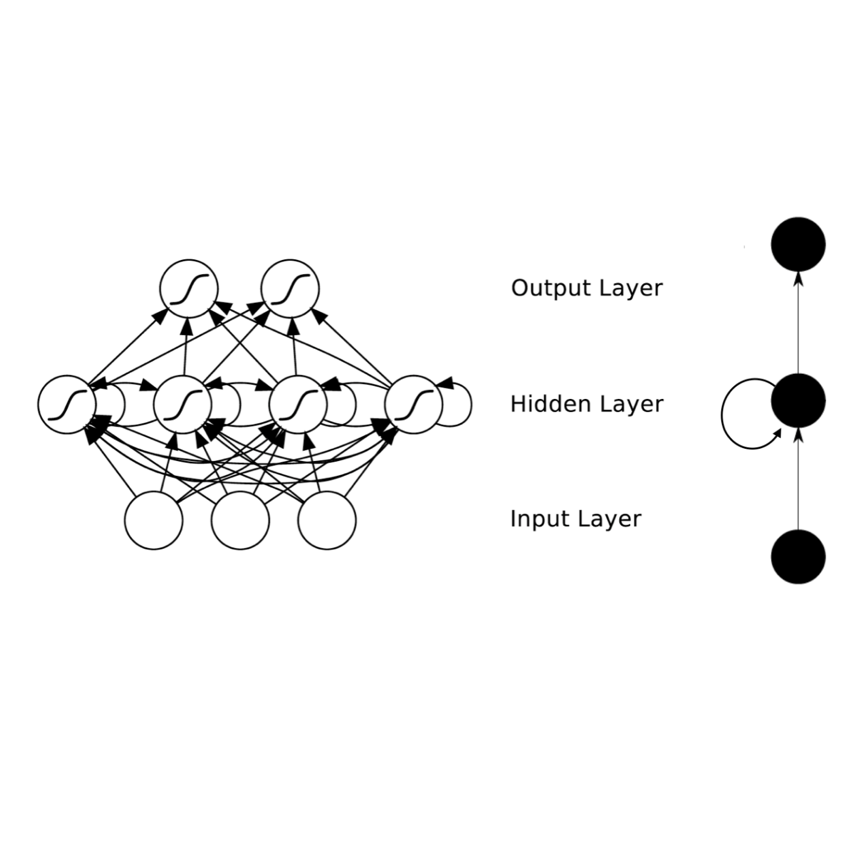Anomalous diffusion occurs at very different scales in nature, from atomic systems to motions in cell organelles, biological tissues or ecology, and also in artificial materials, such as cement. Being able to accurately measure the anomalous exponent associated with a given particle trajectory, thus determining whether the particle subdiffuses, superdiffuses or performs normal diffusion is of key importance to understand the diffusion process. Also, it is often important to trustingly identify the model behind the trajectory, as this gives a large amount of information on the system dynamics. Both aspects are particularly difficult when the input data are short and noisy trajectories. It is even more difficult if one cannot guarantee that the trajectories output in experiments is homogeneous, hindering the statistical methods based on ensembles of trajectories. We present a data-driven method able to infer the anomalous exponent and to identify the type of anomalous diffusion process behind single, noisy and short trajectories, with good accuracy. This model was used in our participation in the Anomalous Diffusion (AnDi) Challenge. A combination of convolutional and recurrent neural networks were used to achieve state-of-the-art results when compared to methods participating in the AnDi Challenge, ranking top 4 in both classification and diffusion exponent regression.
翻译:异常扩散发生在性质上,从原子系统到细胞器官、生物组织或生态运动,以及水泥等人工材料的不同尺度上,从原子系统到细胞器官、生物组织或生态运动,以及人工材料,如水泥。能够准确地测量与特定粒子轨迹相关的异常现象,从而确定粒子子子子吸附、超异差或正常扩散是否对理解扩散过程至关重要。此外,人们往往必须信任地确定轨迹背后的模型,因为这能提供大量关于系统动态的信息。当输入数据短而杂乱的轨迹时,这两个方面尤其困难。如果无法保证实验中的轨迹输出是同质的,从而阻碍基于轨迹集合的统计方法对理解扩散过程至关重要,那么,就更加困难了。我们提出了一个数据驱动方法,能够推断异常现象突出,并查明单项、响亮和短项轨迹背后的反常态扩散过程类型,并且非常精确地说明了这两个方面的情况。这种模型被用于我们参与反常态变变变变变的网络,在参与前变变变变变的网络中使用了前变的组合,用来进行前变式变式变式变式分析。





